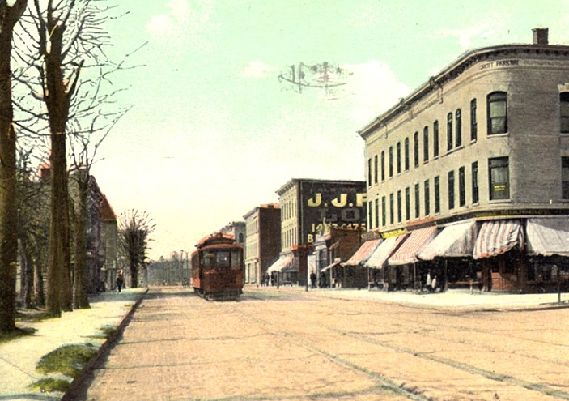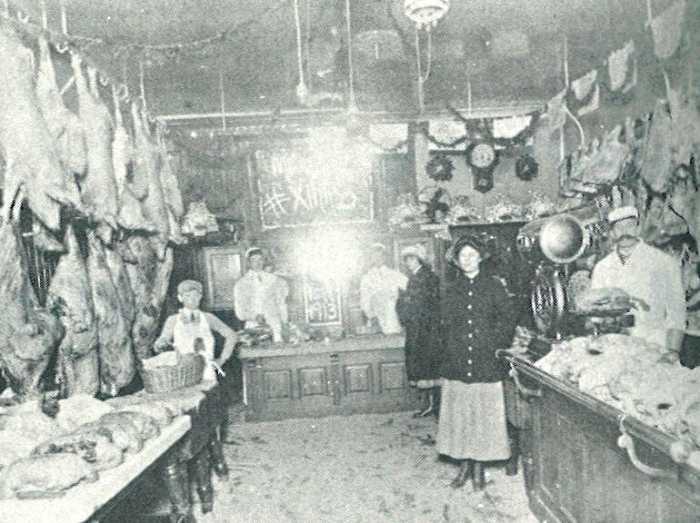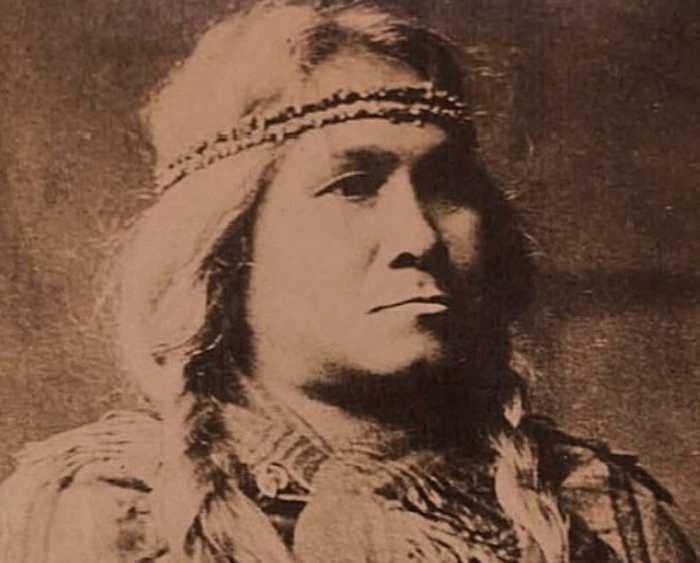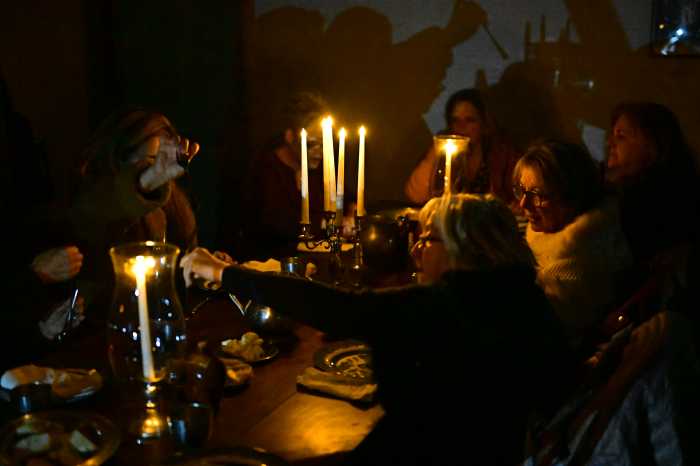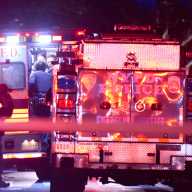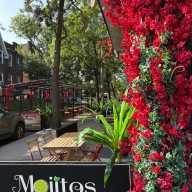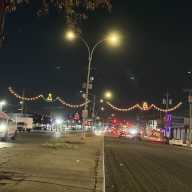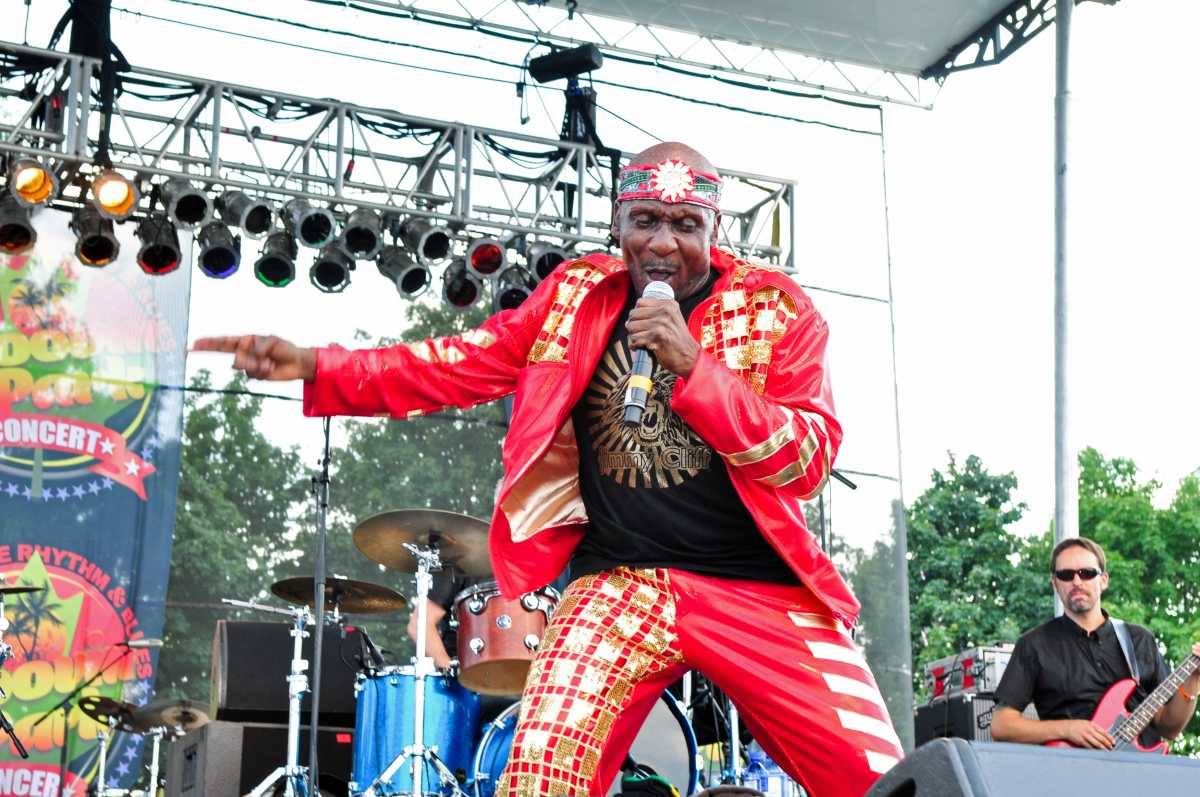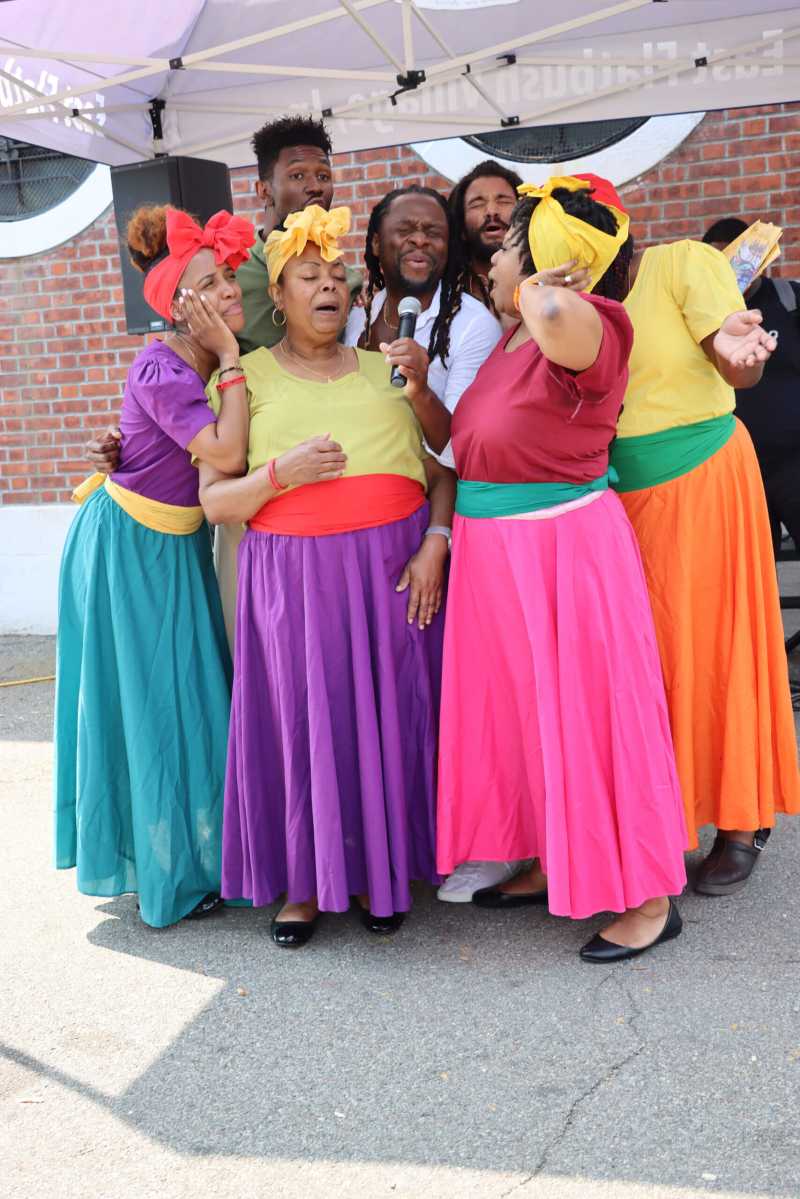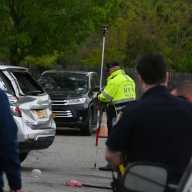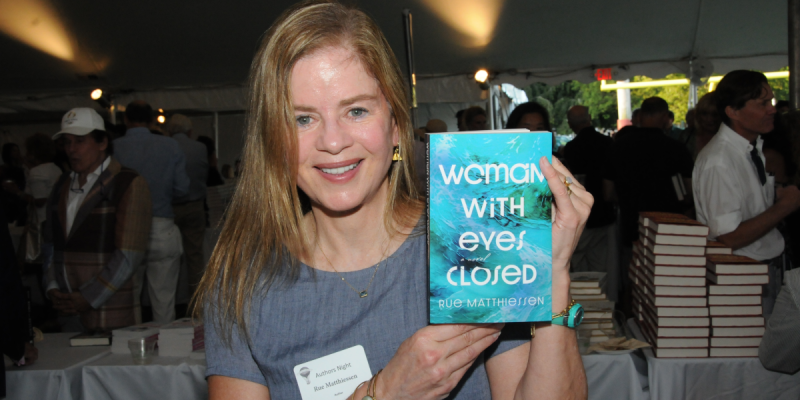One of Woodhaven’s most well-known streets, Forest Parkway, celebrates its 125th anniversary this year. Beginning at a T-intersection on Jamaica Avenue, it extends just 2,500 feet before ending atop a hill in Forest Park at Oak Ridge, the former golf clubhouse and current home of the park’s administrators.
Originally, plans envisioned Forest Parkway continuing through Forest Park, extending past Metropolitan Avenue and reaching Long Island. However, those plans were eventually shelved, and the Interboro Parkway (now named after baseball icon Jackie Robinson) was built to fulfill that need.
Plans for Forest Parkway were initiated in the late 1890s by real estate developer Dean Alvord, who purchased a large tract of land between Jamaica Avenue and Forest Park. Alvord aimed not just to create a street but to establish a small community within Woodhaven.
Plots went up for sale in 1900, and houses soon followed. Alvord enlisted many of the same contractors and builders he had used in his earlier development, Prospect Park South in Brooklyn. Even today, a striking resemblance between the two can be seen.
In the early 1900s, Forest Parkway was considered a suburb of Woodhaven, stretching from Leggett Avenue (now 80th Street) to Ferry Street (now 86th Street). Residents of the area were said to live “in” Forest Parkway. However, within 15 years, the name came to refer exclusively to the street itself, and people began saying they lived “on” Forest Parkway.
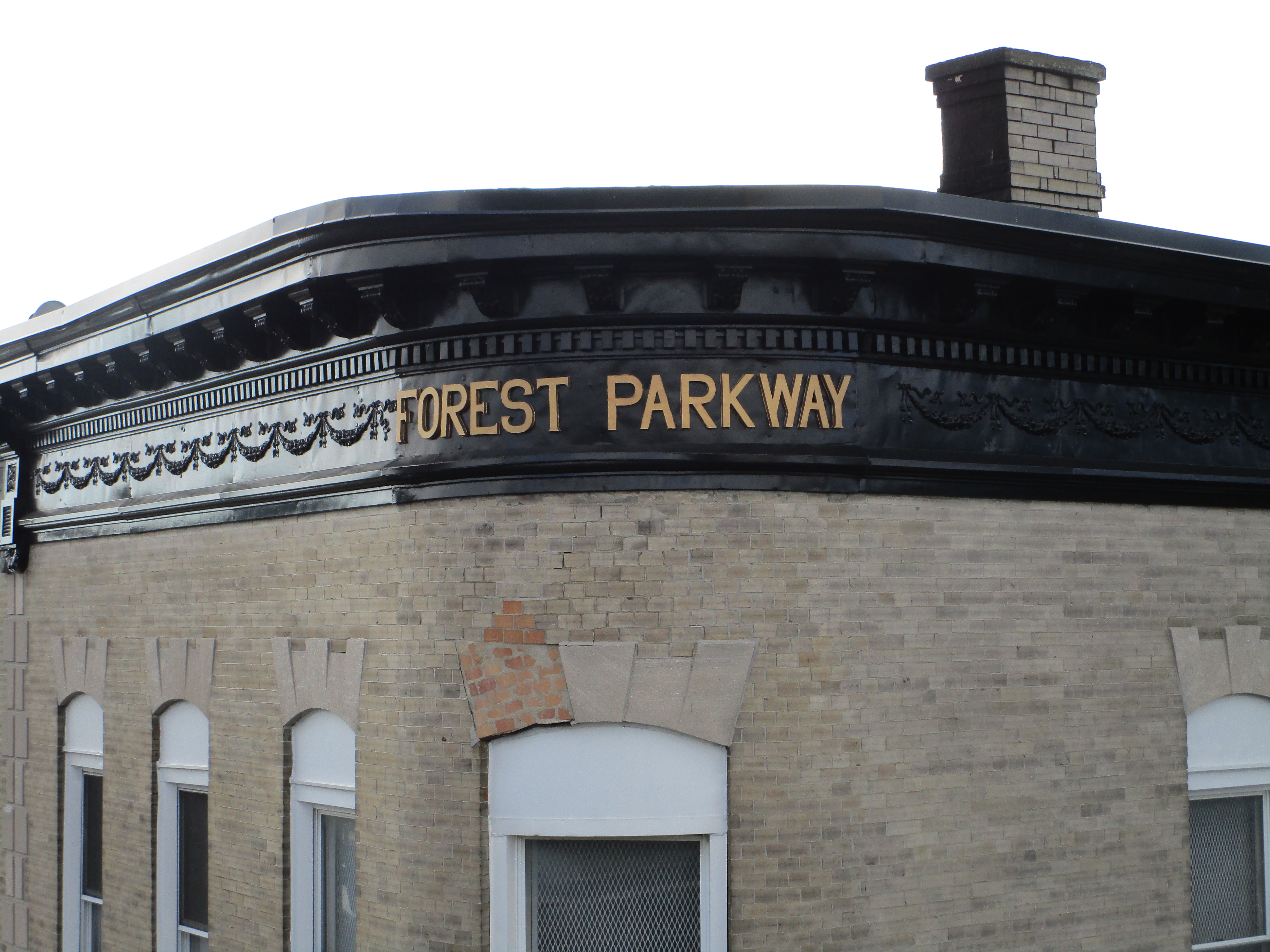
During its early years, several large undeveloped plots remained. One such plot was acquired by The Forest Tennis Club, which built courts near Shipley Street (now 85th Drive), across the street from the site of the present-day Woodhaven Library. In 1915, the club hosted a dance on the courts, featuring illuminated grounds, music and refreshments. Eventually, public tennis courts were constructed in an expanded section of Forest Park, and the original courts faded into history.
A key attraction of living on Forest Parkway was its proximity to the entrance of Forest Park on Park Lane South. At the top of the parkway once stood a large cannon, gifted to New York City by Woodhaven residents. The cannon was a beloved landmark until one day it mysteriously vanished. When residents inquired, Queens Parks Commissioner John Weier explained that repeated vandalism necessitated its removal.
“The only way the cannon can be kept at the entrance of Forest Park is to cover it with a foot of concrete,” Weier said. “Even then, I’m not sure that somebody wouldn’t find a way to take it out!” The cannon was never returned, and its whereabouts remain unknown.
In the early days, pedestrians and horse-drawn carriages on Forest Parkway faced a new hazard: automobiles. With no stoplights, reckless drivers (referred to as “autoists”) often sped around corners, causing frequent accidents. Before traffic lights were installed, the only deterrent for speeding cars was the deep mud at Jamaica Avenue and Forest Parkway, where vehicles frequently became stuck. On occasion, pedestrians had to abandon their shoes just to make it safely to the sidewalk!
As the community grew, business leaders pushed for a bank on Jamaica Avenue. Their call was answered in 1915 with the opening of the Bank of Long Island at the corner of Forest Parkway and Jamaica Avenue. However, when the bank was acquired by the Bank of Manhattan, the original building was deemed too small and outdated. After just seven years, it was demolished, and a new bank opened in January 1925. That century-old building now houses Chase Manhattan Bank.
Forest Parkway is rich with history, much of it well known to Woodhaven residents. However, its early days have largely faded from memory. As it marks its 125th anniversary, it is well worth revisiting the remarkable origin story of this beloved street.

